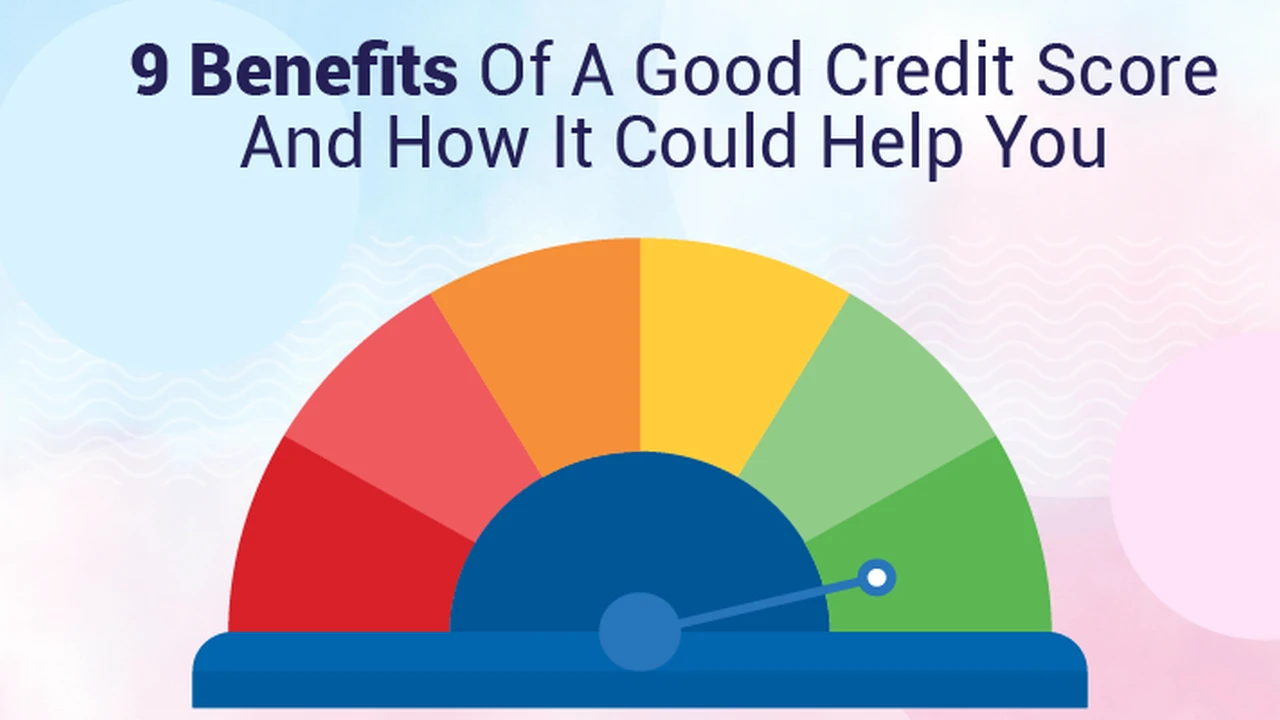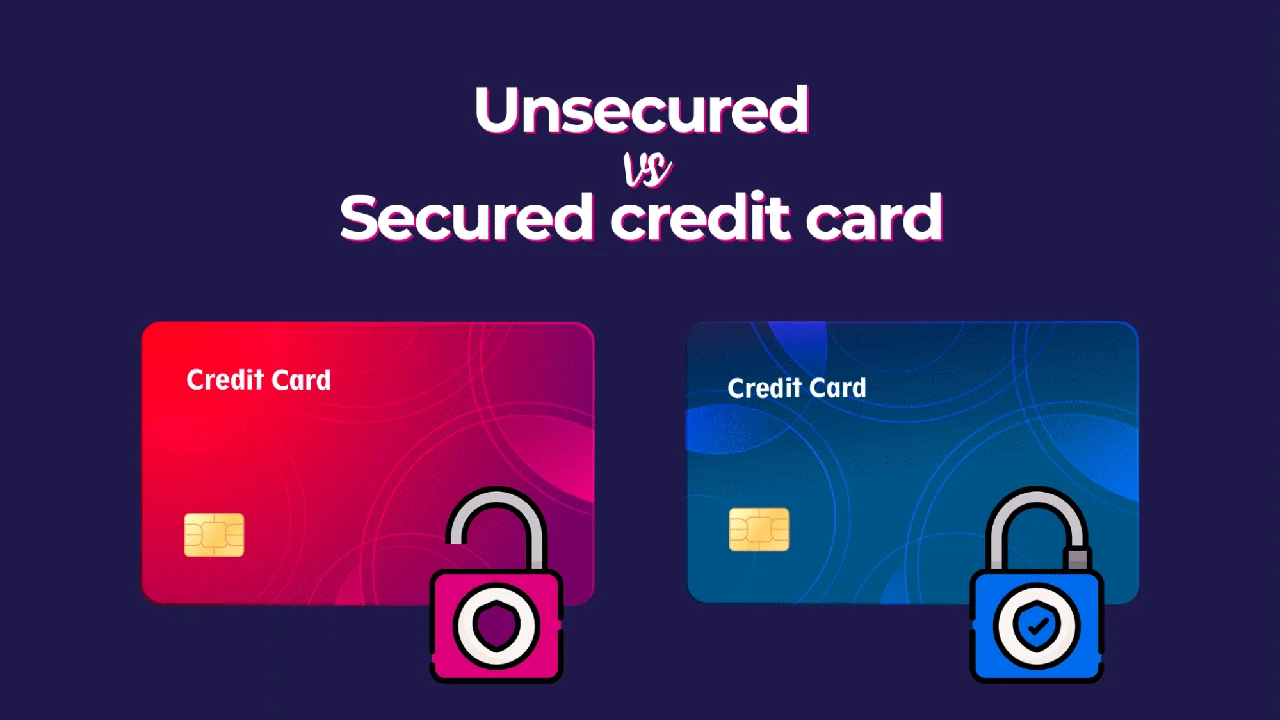3 Key Steps to Financial Freedom Through Savings
Follow 3 essential steps to leverage savings as a pathway to achieving ultimate financial freedom.

Follow 3 essential steps to leverage savings as a pathway to achieving ultimate financial freedom. Achieving financial freedom is a dream for many, but it often feels like an elusive goal. The good news is that it's entirely attainable, and savings play a pivotal role in making it a reality. This comprehensive guide will walk you through three key steps, providing actionable insights, product recommendations, and real-world scenarios to help you master your savings and pave your way to financial independence. We'll delve deep into each step, offering practical advice that goes beyond the basics, ensuring you have all the tools and knowledge needed to succeed.
3 Key Steps to Financial Freedom Through Savings
Step 1 Building Your Financial Foundation Emergency Funds and Debt Elimination
Before you can truly build wealth, you need a solid foundation. This involves two critical components: establishing a robust emergency fund and systematically eliminating high-interest debt. Think of it as clearing the ground before you start building your dream house. Without this foundation, any financial progress you make can be easily derailed by unexpected expenses or the crushing weight of debt.
The Indispensable Emergency Fund Your Financial Safety Net
An emergency fund is not just a nice-to-have; it's a non-negotiable. It acts as a buffer against life's inevitable curveballs – job loss, medical emergencies, car repairs, or unexpected home maintenance. Without one, these events can force you into debt, undoing all your hard work. The general rule of thumb is to save 3 to 6 months' worth of essential living expenses. For some, especially those with unstable incomes or dependents, even 9 to 12 months might be more appropriate. This fund should be easily accessible but separate from your everyday spending accounts.
Where to Keep Your Emergency Fund High-Yield Savings Accounts Compared
The best place for your emergency fund is a high-yield savings account (HYSA). These accounts offer significantly higher interest rates than traditional savings accounts, allowing your money to grow while remaining liquid. Here are some top contenders in the market, along with their features and approximate interest rates (rates are variable and subject to change):
- Ally Bank Online Savings Account:
- Features: No monthly fees, no minimum balance, 24/7 customer service, user-friendly online platform and mobile app, FDIC insured.
- Approximate APY: Typically competitive, often ranging from 4.25% to 4.35% or higher.
- Why it's good: Excellent all-around choice for accessibility, competitive rates, and strong customer support.
- Marcus by Goldman Sachs Online Savings Account:
- Features: No fees, no minimum deposit, strong online presence, FDIC insured.
- Approximate APY: Often similar to Ally, around 4.30% to 4.40%.
- Why it's good: Backed by a reputable financial institution, offers solid rates and a straightforward experience.
- Discover Bank Online Savings Account:
- Features: No monthly fees, no minimum balance, 24/7 U.S.-based customer service, FDIC insured.
- Approximate APY: Competitive, often in the 4.25% to 4.35% range.
- Why it's good: Known for excellent customer service and a comprehensive suite of banking products if you prefer to keep accounts consolidated.
- Capital One 360 Performance Savings:
- Features: No fees, no minimums, integrates well with other Capital One products, strong mobile app, FDIC insured.
- Approximate APY: Generally competitive, around 4.25% to 4.30%.
- Why it's good: A good option if you already bank with Capital One or appreciate their integrated financial ecosystem.
Comparison and Pricing: All these HYSAs are generally free to open and maintain, with no monthly fees or minimum balance requirements. Their primary 'price' is the opportunity cost of not investing the money, but for an emergency fund, liquidity and safety are paramount, making HYSAs the ideal choice. The interest rates (APY) are their main competitive differentiator, so it's worth checking current rates before opening an account.
Conquering High-Interest Debt Strategies for Elimination
While building your emergency fund, simultaneously tackle high-interest debt, especially credit card debt. The interest rates on these debts can be exorbitant, often 15-25% or more, making it incredibly difficult to get ahead financially. Every dollar you pay in interest is a dollar not going towards your financial freedom.
Debt Repayment Methods Snowball vs Avalanche
There are two popular strategies for debt repayment:
- Debt Snowball Method:
- How it works: Pay off your smallest debt first, while making minimum payments on all other debts. Once the smallest is paid off, take the money you were paying on that debt and add it to the payment of the next smallest debt. Repeat until all debts are gone.
- Pros: Provides psychological wins and motivation as you quickly eliminate smaller debts.
- Cons: You might pay more interest over time compared to the avalanche method.
- Best for: Individuals who need quick wins to stay motivated.
- Debt Avalanche Method:
- How it works: Prioritize paying off the debt with the highest interest rate first, while making minimum payments on all other debts. Once the highest interest debt is paid off, move to the next highest interest rate.
- Pros: Saves you the most money on interest over the long run.
- Cons: Can take longer to see a debt completely eliminated, which might be demotivating for some.
- Best for: Individuals who are disciplined and want to save the most money on interest.
Product Recommendations for Debt Management:
- Balance Transfer Credit Cards:
- Use Case: If you have high-interest credit card debt, a balance transfer card with a 0% introductory APR can give you a window (typically 12-21 months) to pay down debt without accruing interest.
- Considerations: Look for cards with low or no balance transfer fees (usually 3-5% of the transferred amount). Make sure you can pay off the transferred balance before the introductory period ends, or the regular APR will kick in.
- Examples: Chase Slate Edge, Citi Simplicity Card, Wells Fargo Reflect Card.
- Personal Loans for Debt Consolidation:
- Use Case: Consolidate multiple high-interest debts (credit cards, medical bills) into a single loan with a lower, fixed interest rate. This simplifies payments and can reduce your overall interest paid.
- Considerations: Your eligibility and interest rate will depend on your credit score. Compare rates from various lenders.
- Examples: SoFi, LightStream, Marcus by Goldman Sachs Personal Loans.
Step 2 Automating Your Savings and Investing for Growth
Once your financial foundation is stable, the next step is to automate your savings and begin investing. Automation removes the need for willpower and ensures consistent progress, while investing allows your money to work for you, leveraging the power of compound interest.
The Power of Automation Set It and Forget It
Automating your savings means setting up automatic transfers from your checking account to your savings and investment accounts. This ensures that a portion of your income is saved before you even have a chance to spend it. Treat savings like a non-negotiable bill.
How to Automate Your Financial Contributions
- Direct Deposit Allocation: Many employers allow you to split your direct deposit, sending a portion directly to your savings or investment accounts. This is the most effective way to pay yourself first.
- Automatic Transfers: Set up recurring transfers from your checking account to your HYSA and investment accounts on payday. Even small, consistent amounts add up significantly over time.
- Round-Up Apps: Apps like Acorns or Chime can round up your purchases to the nearest dollar and invest the difference. While not a primary savings strategy, it's a good supplementary tool.
Investing for Long-Term Wealth Building Compound Interest at Work
Savings alone won't get you to financial freedom quickly due to inflation. Investing is crucial because it allows your money to grow exponentially through compound interest. The earlier you start, the more time your money has to compound.
Investment Vehicles for Every Investor Type
Here are some common investment vehicles and platforms, catering to different risk tolerances and goals:
- Retirement Accounts (401k, IRA, Roth IRA):
- Use Case: Long-term wealth building for retirement, offering significant tax advantages.
- Considerations: 401k contributions are often matched by employers (free money!). IRAs offer more investment choices. Roth IRAs offer tax-free withdrawals in retirement.
- Platforms: Managed through your employer for 401k. For IRAs, major brokerages like Fidelity, Vanguard, Charles Schwab.
- Index Funds and ETFs (Exchange Traded Funds):
- Use Case: Diversified, low-cost way to invest in the broader market or specific sectors. Ideal for beginners.
- Considerations: Low expense ratios, broad market exposure, less volatile than individual stocks.
- Platforms: Available through any major brokerage (Fidelity, Vanguard, Charles Schwab, E*TRADE, TD Ameritrade).
- Examples: Vanguard S&P 500 ETF (VOO), iShares Core S&P 500 ETF (IVV), Schwab US Broad Market ETF (SCHB).
- Robo-Advisors:
- Use Case: Automated investment management for those who prefer a hands-off approach.
- Considerations: Low fees (typically 0.25% - 0.50% of assets under management), automated rebalancing, diversified portfolios based on your risk tolerance.
- Examples:
- Betterment:
- Features: Goal-based investing, tax-loss harvesting, diversified portfolios, human advisor access for premium tiers.
- Pricing: 0.25% AUM for Digital, 0.40% AUM for Premium (with human advisor access).
- Why it's good: Excellent for beginners and those who want a comprehensive, automated solution.
- Wealthfront:
- Features: Automated investing, direct indexing, tax-loss harvesting, portfolio lines of credit.
- Pricing: 0.25% AUM.
- Why it's good: Strong focus on tax optimization and advanced features for growing wealth.
- Fidelity Go:
- Features: No advisory fee for balances under $25,000, diversified portfolios, managed by Fidelity experts.
- Pricing: $0 for balances under $25k, then $3/month for balances $25k-$50k, 0.35% AUM for balances over $50k.
- Why it's good: A great entry point for those who trust Fidelity and want a low-cost option.
- Individual Stocks:
- Use Case: For experienced investors who enjoy researching companies and have a higher risk tolerance.
- Considerations: Higher risk, requires significant research and understanding of market dynamics.
- Platforms: Any major brokerage (e.g., Robinhood for commission-free trading, but be aware of its limitations; Charles Schwab, Fidelity, E*TRADE for more robust tools).
Comparison and Pricing: Retirement accounts offer tax benefits but have contribution limits. Index funds and ETFs are low-cost and diversified. Robo-advisors provide automated management for a small fee. Individual stocks offer high potential returns but also high risk. Most major brokerages now offer commission-free trading for stocks and ETFs, making the 'price' of investing more about the expense ratios of funds or the advisory fees of robo-advisors.
Step 3 Continuous Learning and Adapting Your Financial Plan
Financial freedom isn't a destination; it's an ongoing journey. The third crucial step involves continuously educating yourself about personal finance and adapting your plan as your life circumstances, goals, and the economic landscape evolve.
Lifelong Financial Education Stay Informed and Empowered
The world of finance is constantly changing. New investment opportunities emerge, tax laws shift, and economic conditions fluctuate. Staying informed empowers you to make smart decisions and avoid costly mistakes.
Resources for Financial Literacy
- Books:
- The Simple Path to Wealth by JL Collins: Excellent for understanding index fund investing.
- I Will Teach You To Be Rich by Ramit Sethi: Focuses on automation and conscious spending.
- The Psychology of Money by Morgan Housel: Explores the behavioral aspects of finance.
- Podcasts:
- The Ramsey Show: Focuses on debt elimination and financial discipline.
- Afford Anything: Explores financial independence and passive income.
- Planet Money (NPR): Explains complex economic topics in an accessible way.
- Reputable Websites and Blogs:
- Investopedia.com: Comprehensive financial dictionary and educational articles.
- NerdWallet.com: Product comparisons and financial advice.
- The Motley Fool: Investment insights and stock analysis.
Regular Review and Adaptation Your Financial Check-Up
Your financial plan should not be static. Life happens – you might get a raise, have children, buy a house, or face unexpected challenges. Regularly reviewing and adapting your plan ensures it remains aligned with your current situation and future goals.
Key Areas for Annual Financial Review
- Budget Review: Are your spending habits still aligned with your goals? Are there areas where you can optimize?
- Emergency Fund Check: Is it still sufficient for 3-6 months of expenses, especially if your expenses have increased?
- Debt Progress: Are you on track with your debt repayment plan?
- Investment Portfolio Rebalancing: Has your asset allocation drifted from your target? Rebalance to maintain your desired risk level.
- Retirement Contributions: Are you maximizing your 401k or IRA contributions, especially if you've had a pay raise?
- Insurance Coverage: Do you have adequate health, life, disability, and property insurance?
- Estate Planning: Have you updated your will, beneficiaries, and power of attorney, especially after major life events?
By consistently applying these three key steps – building a strong financial foundation, automating your savings and investing, and committing to continuous learning and adaptation – you will not only achieve financial freedom but also build a resilient and prosperous financial future. Remember, consistency and patience are your greatest allies on this journey. Start small, stay disciplined, and watch your financial dreams become a reality.
:max_bytes(150000):strip_icc()/277019-baked-pork-chops-with-cream-of-mushroom-soup-DDMFS-beauty-4x3-BG-7505-5762b731cf30447d9cbbbbbf387beafa.jpg)





